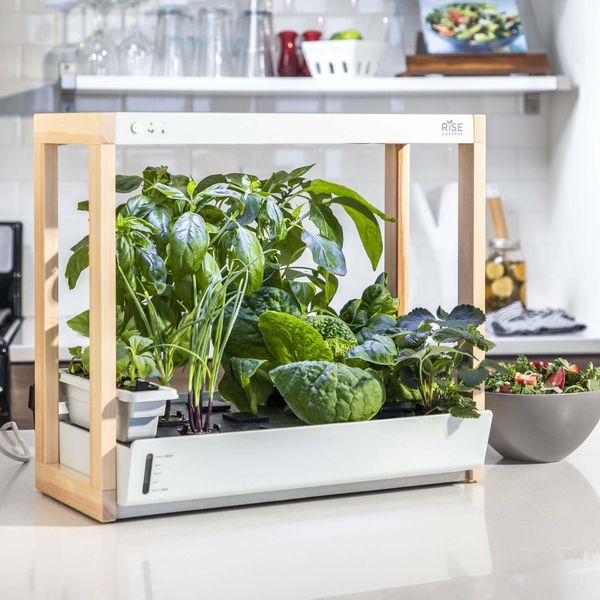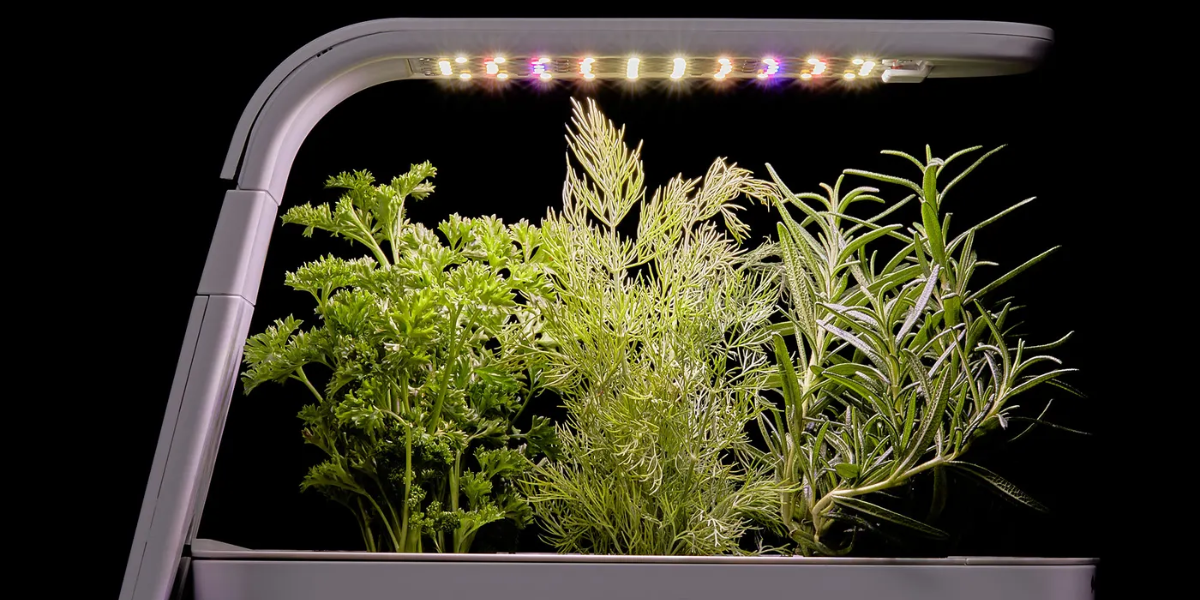Investing in an indoor gardening kit is a fantastic way to ensure that you always have access to fresh herbs and other produce that has a short harvest-to-wilt window, such as flowers and lettuce, which you can select just before using. I love herbs so much that I detest paying money for a sad bundle of grocery store mint that wilts in a few days.

(The best way to prevent this that I’ve found is to trim the stems of the herbs like flowers, lay them in a cup of water in the refrigerator, and cover the whole thing loosely with a large Ziploc bag.) I’ve had varying degrees of luck cultivating herbs in pots: “In most cases, city kitchens lack the direct sunlight needed to maintain the life of herbs,” claims Sera Rogue, who runs the Brooklyn-based gardening business Red Fern. Herbal roots are a little bit basic. They need to be watered every day.
The majority of indoor garden kits cultivate plants using a hydroponic or self-watering system. They sound alike, however there are a few significant variations: In a self-watering system, roots develop in the soil, and when the soil dries out, a wick replenishes it with water from a reservoir. Although they may begin in the earth, roots in a hydroponic system grow mostly in water. Herbs grow more slowly in self-watering smart gardens, such as the well-known Click-and-Grow unit. Once the dirt in the pod is gone, the herbs reach their maximum size. Due to the lack of circulation in the water, these systems are susceptible to the growth of mold. (Self-watering pots work well for houseplants;
Because roots in a hydroponic system have greater space to spread out and receive their nutrition from water-soluble fertilizers rather than the soil, you have more control over when and how to feed them. If you want to do hydroponics yourself, all you have to do is drill holes in a food-grade plastic tub, fill it with a fertilizer solution, and wait—that’s known as the Kratky method, in case you were wondering how inexpensive it can get. It can even be as difficult as establishing a system of grow-light timers and fertilization schedules that are specific to the requirements of your plants. Although the latter can be a barrier to entrance for the casual kitchen gardener, die-hard plant enthusiasts adore the control it offers. It’s too much for me; perhaps if I had progressed to grow lights and oxygen pumps later on, but I really enjoy having an indoor garden that requires less labor to maintain.
The best indoor gardens are those that strike a balance between the necessities (herbs, grow light, water-circulating pump, and easily disassembled parts for easy cleaning) and some nice-to-have extras, all at a fair price. I tried five versions in my house. More automation comes at the expense of less customization, but even the lowest-maintenance solutions on our list can significantly increase the amount of food you can grow in your kitchen.


:max_bytes(150000):strip_icc()/home-organizing-gardening-indoor-foods-you-can-grow-indoors-01b-realsimple-e5055aec380b4aadb0abed061e1b8d2f.jpg)